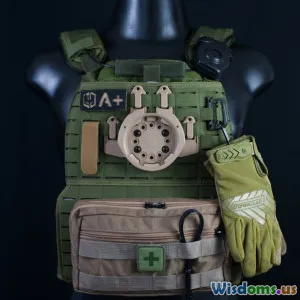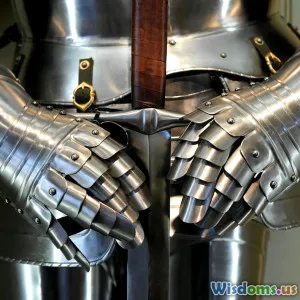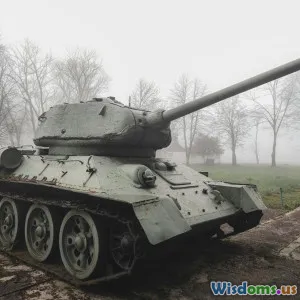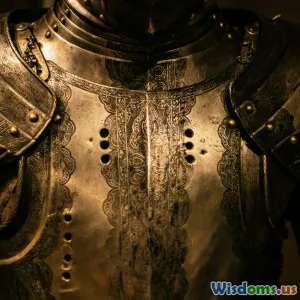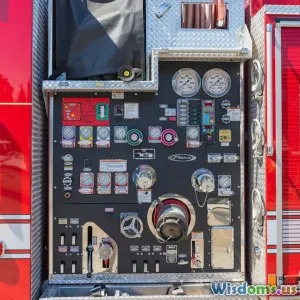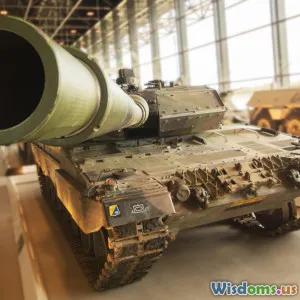
Comparing Explosive Reactive Armor To Composite Plate Armor
14 min read A detailed comparison of Explosive Reactive Armor and Composite Plate Armor in modern military applications. (0 Reviews)
Explosive Reactive Armor vs. Composite Plate Armor: Which Provides Superior Protection in Modern Warfare?
Imagine a battlefield where milliseconds determine the fate of a tank and its crew. As weaponry evolves, so too must the defensive systems safeguarding these vital machines. Two of the most prominent advancements are Explosive Reactive Armor (ERA) and Composite Plate Armor. Understanding how each technology works and the protection they offer provides valuable insight for defense professionals, military enthusiasts, and anyone curious about armored warfare.
Evolution of Modern Tank Armor
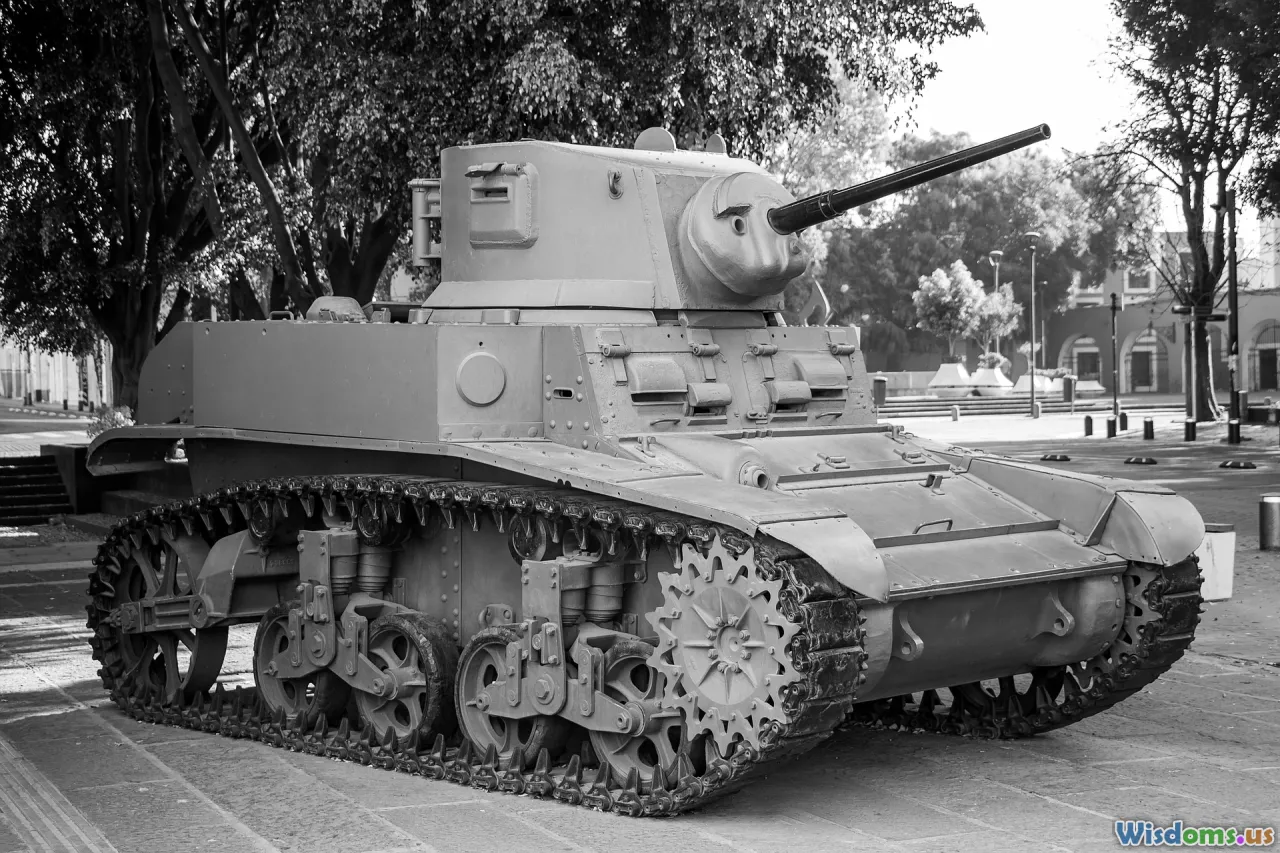
Traditional tanks, like those in World War II, initially relied on thick steel plates to absorb and deflect incoming fire. This era changed dramatically as anti-tank weapons evolved: shaped charges, kinetic projectiles, and tandem warheads posed challenges that simple steel couldn't address. The need for more effective armor brought forth innovations such as sloped armor, spaced plates, and, most significantly, ERA and composite armors. Today, the interplay between offensive and defensive technologies remains a critical race, with each side constantly adapting to new threats.
How Explosive Reactive Armor Works
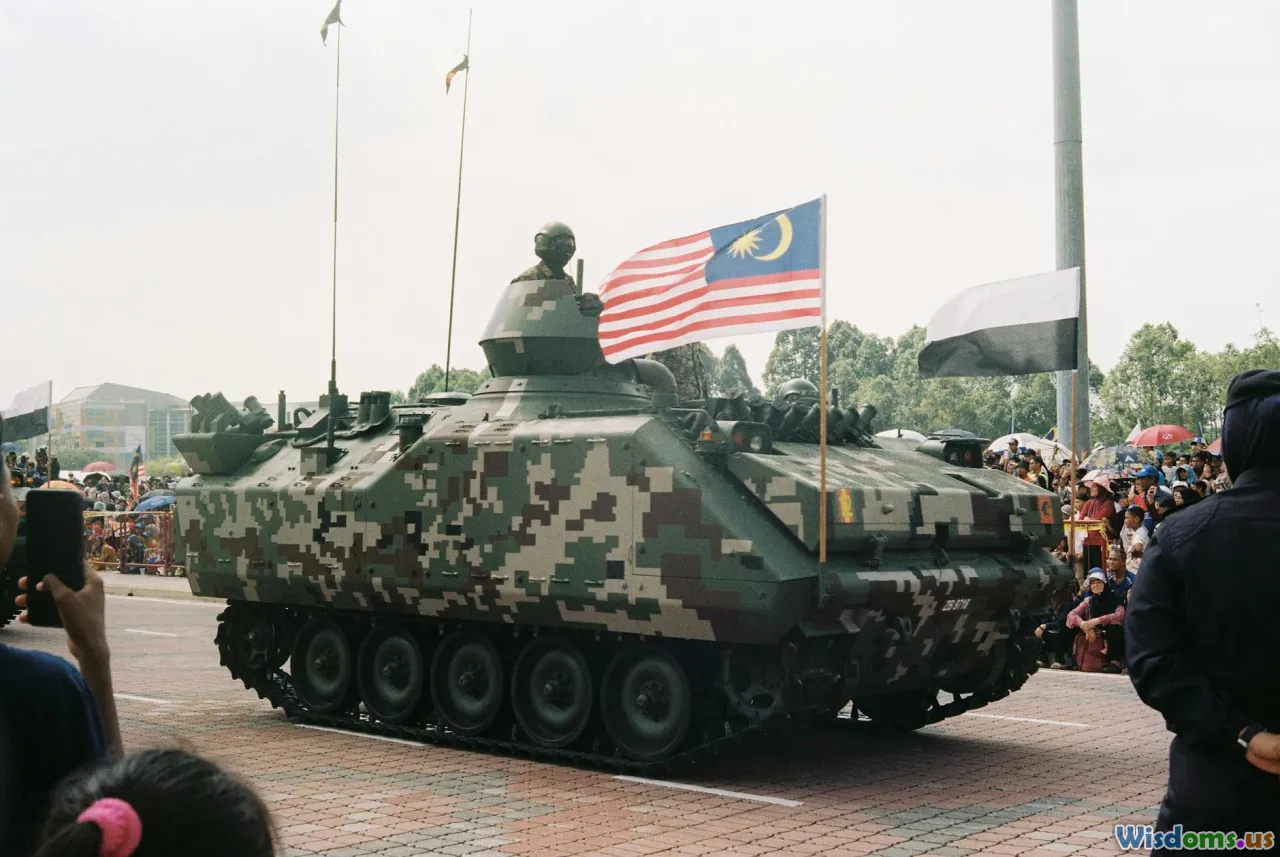
Explosive Reactive Armor (ERA) might sound counterintuitive at first: Why put explosives directly on a tank? Yet this unconventional method is ingenious in its simplicity and effectiveness. ERA consists of layered metal plates sandwiched around a thin slab of high explosive. When a projectile, such as a shaped charge from a rocket-propelled grenade (RPG), hits the ERA, the explosive layer detonates. This detonation propels the adjacent metal plates outward and perpendicular to the projectile’s path.
This movement disrupts the penetrator jet or rod of the incoming munition, scattering and diffusing its energy before it can punch through the vehicle’s main armor. A classic example: the Soviet T-72, equipped with "Kontakt-5" ERA modules, saw dramatic improvements in survivability against RPGs and certain anti-tank missiles. Modern ERA systems like Russia's "Relikt" or Israel's "Armor Shield" variants build upon these early foundations, adapting to new threats such as tandem warheads and kinetic energy penetrators.
An essential point to remember is that ERA only activates where it's directly struck. The rest of the modules remain in place after a hit, ensuring partial coverage is maintained even during repeated attacks.
The Principles Behind Composite Plate Armor
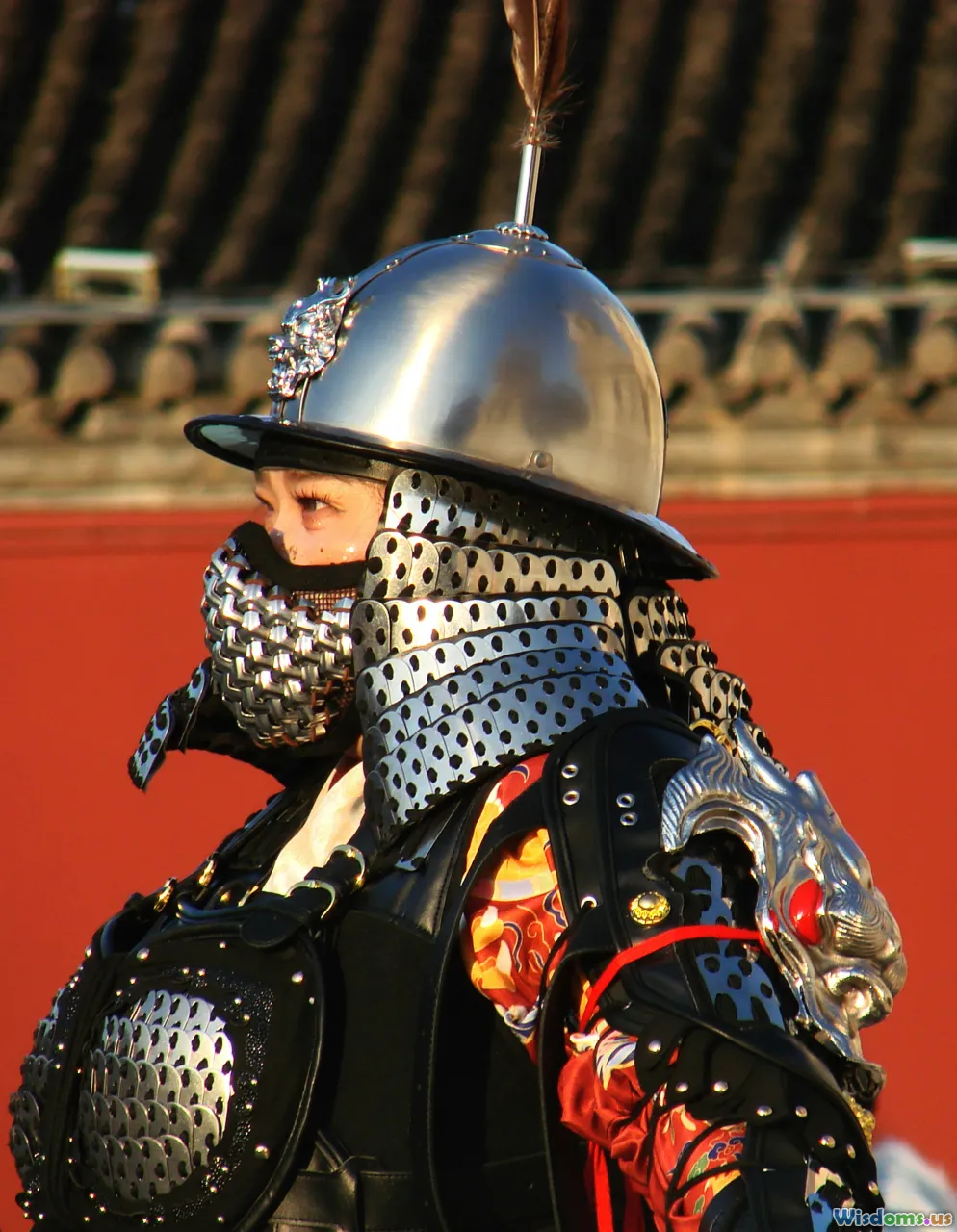
While ERA relies on reactive countermeasures, Composite Plate Armor takes advantage of advanced materials engineering. This armor is typically constructed from multiple layers of different materials—such as ceramics, steel, and polymer-resin matrices—arranged to maximize protection against a variety of threats.
Ceramic layers shatter and disperse the energy of incoming projectiles, particularly efficiently with high-velocity kinetic penetrators like armor-piercing fin-stabilized discarding sabot (APFSDS) rounds. Behind the ceramic, metal or composite backings absorb residual energy and prevent penetration.
Composite armor is prevalent on Western main battle tanks (MBTs), such as the American M1 Abrams and the British Challenger 2, both using versions of Britain's famous "Chobham armor." These vehicles exploit the balance of low weight and superior resistance to both shaped charges and kinetic threats, giving them staying power on the battlefield without making them impossibly heavy and unwieldy.
Comparative Analysis: Strengths and Weaknesses

When weighing ERA and composite armor, several factors emerge:
1. Protection Against Shaped Charges:
- ERA excels at defeating shaped charges by actively disrupting their jet formation.
- Composite armor also performs well, especially when using ceramic or non-metallic layers, but it relies on passive deflection and absorption.
2. Resistance to Kinetic Penetrators:
- ERA offers limited effectiveness unless designed specifically to defeat kinetic rounds (advanced generations like Kontakt-5 or Relikt).
- Composite armor generally provides more reliable protection against long-rod penetrators, making it the mainstay for Western MBTs.
3. Modular Repairs and Upgrades:
- Damaged ERA modules can often be swapped out in the field, providing quick repair cycles during combat.
- Composite armor repairs are more complex, potentially requiring specialized facilities.
4. Weight and Mobility:
- ERA typically adds less weight than equivalent passive protection, boosting survivability without overburdening the vehicle.
- Composite armors aim for material efficiency but can still significantly increase the baseline mass compared to steel alone.
5. Cost and Complexity:
- ERA modules are relatively cheap and easy to retrofit onto older tanks.
- Composite armor technologies are expensive and require more complex manufacturing processes.
Example: In the 2003 Iraq War, US Abrams tanks featuring heavy composite armors with depleted uranium plates were able to endure multiple hits from outdated anti-tank weapons. By contrast, Soviet-designed T-series tanks upgraded with ERA modules (but lacking advanced composites) displayed impressive resilience against RPGs in Chechnya. Yet both types could be vulnerable to tandem-warhead missiles specifically designed to penetrate both outer ERA and underlying armor.
Real-World Battle Scenarios: Successes and Limitations

Battle of Grozny (Chechnya):
- Russian T-72s and T-80s fitted with ERA had notable survivability against significant numbers of RPG attacks. In many cases, multiple ERA blocks activated and successfully shielded crews from catastrophic penetrations.
- However, urban combat exposed weaknesses: closely spaced shots or advanced tandem warheads could strip armor and exploit uncovered sections after the initial modules detonated.
Persian Gulf War:
- Coalition M1 Abrams tanks, layered in modern composite armor, faced some of the most advanced Soviet-era anti-tank guided missiles (ATGMs) employed by Iraqi defenders. Reports suggested hostile penetrations were minimal, with armor reliably absorbing or deflecting direct hits due to both its material science and structural engineering.
2022 Russo-Ukrainian Conflict:
- Both ERA and composite armors saw action. Videos frequently showed tanks surviving hits from modern RPGs thanks to ERA or add-on composite panels. Yet, the introduction of loitering munitions and top-attack missiles demonstrated that no defense is absolute; targeted, repeated attacks often breached even advanced arrays.
These real-world encounters underscore that effective armor often relies on a combination of layered approaches—no single solution guarantees complete invulnerability.
Considerations for Military Upgrades and Strategy

When nations upgrade their armored fleets, several strategic and logistical factors shape the choice between ERA and composite armor:
- Intended Threat Environment: Armies anticipating large numbers of infantry with RPG-like threats might favor the lighter, easily refitted ERA systems. Forces preparing for encounters with advanced tanks or anti-tank missiles may prioritize composite solutions.
- Logistical Support: The maintenance simplicity of ERA makes it attractive for forces with limited repair infrastructure, especially in expeditionary campaigns or asymmetric conflicts.
- R&D and Industrial Base: Countries with cutting-edge manufacturing capabilities, like the US, UK, or Germany, lean towards composite armors exploiting novel materials. Both the technological sophistication and cost factors shape these decisions.
- Integration Approach: Modern tanks often use both: basic composite hull armor, with ERA blocks layered atop at critical locations. Examples include the Israeli Merkava and the Russian Armata, blending best practices for a multi-tiered defense.
Innovative Armor: The Hybrid Approach
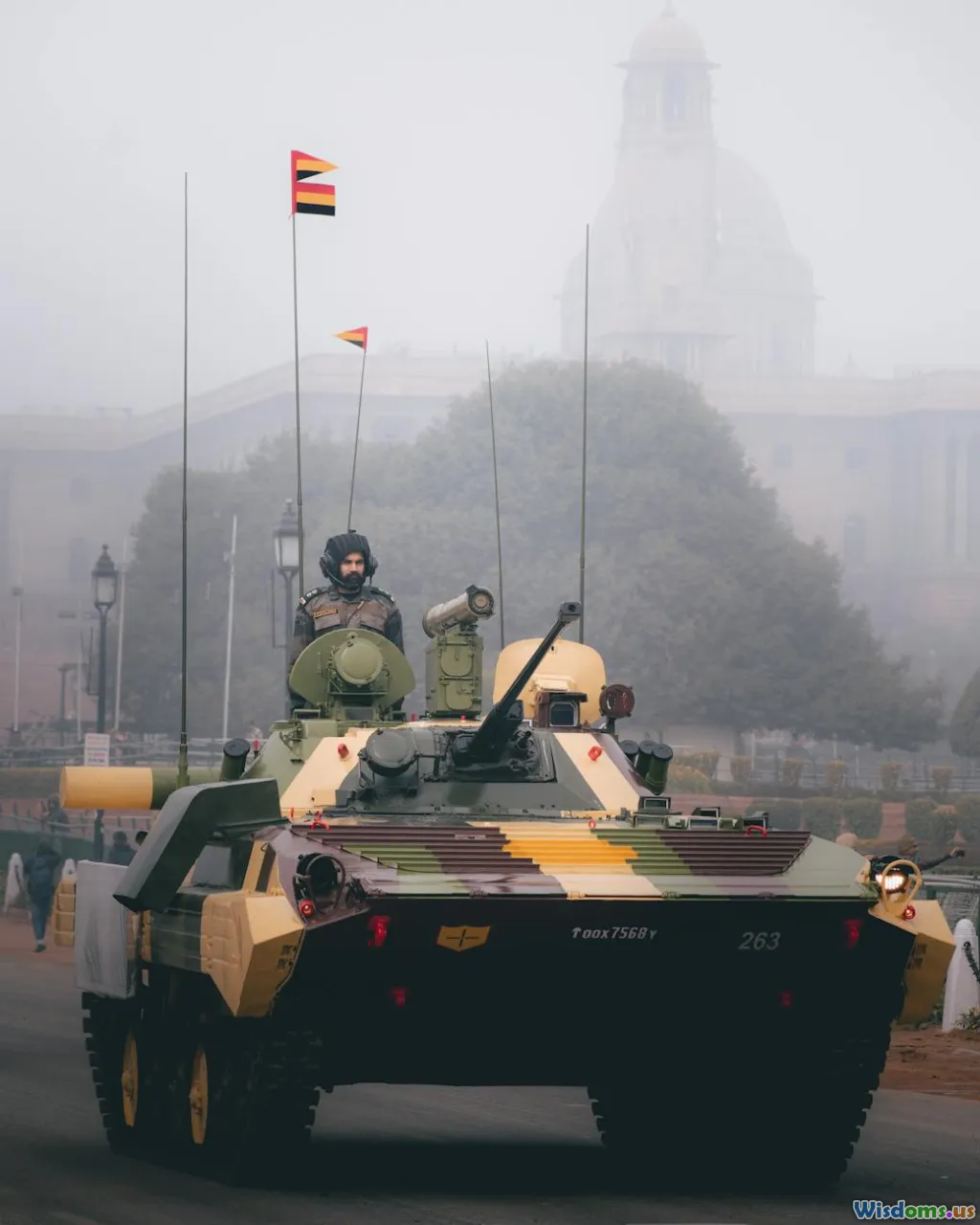
The latest trends don't present ERA and composite armors as mutually exclusive. Designing hybrid protective arrays is a major theme for 21st-century armored vehicles.
- The Russian T-14 Armata integrates next-generation composites—including ceramic and polymer-based substrates—with highly advanced ERA modules placed strategically around the hull and turret.
- Israel's Merkava Mark IV tanks feature modular composite base armor augmented by ERA for urban threat profiles, and even use active protection systems like Trophy, which intercept incoming missiles before impact.
This layered defense philosophy maximizes survivability—even as new weapons, like dual-stage warheads, emerge to defeat each layer. No single shield is considered final or perfect; constant adaptation and smart diversification are the defense doctrines of today.
Practical Implications for Armored Warfare

For military planners and soldiers alike, understanding the strengths and vulnerabilities of both armor types is crucial for battlefield tactics:
- ERA-equipped vehicles provide an edge in environments dense with anti-tank teams and urban defenders, but caution is needed regarding blast effects near accompanying troops or civilians.
- Composite-armored vehicles can endure sustained kinetic attacks—like long-range tank duels—while minimizing risk from detonation hazards linked to ERA.
- Combined arms doctrines evolve accordingly, as smart use of supporting infantry, drones, and electronic countermeasures increases the overall survivability and offensive potential of armor formations.
Looking Ahead: The Future of Armored Protection
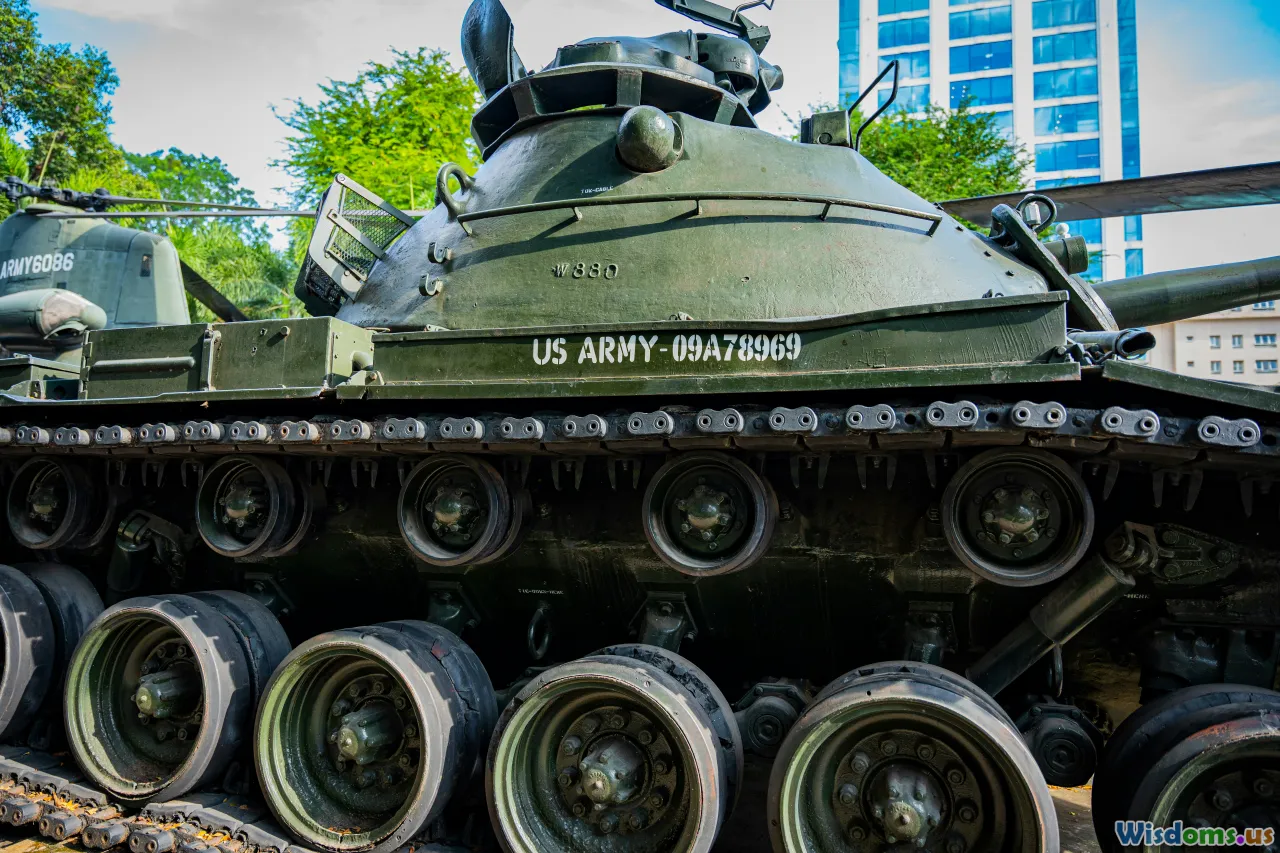
With the rapid pace of military technology, the armor-versus-weapon dynamic continues to shift. Nanomaterials, adaptive camouflage, electromagnetic active shields, and AI-guided countermeasures are under active development. While ERA and composite armors remain foundational, the next decade will likely see modular, intelligent, and rapidly adaptable defenses taking center stage.
Armored vehicles have never been invincible. Yet, by blending the reactive ingenuity of ERA with the material science sophistication of modern composites, designers ensure our tanks stand the best chance on tomorrow’s battlefields—combining agility, resilience, and adaptability in every inch of armor.
Rate the Post
User Reviews
Popular Posts










